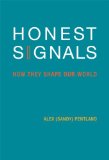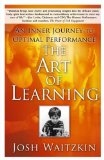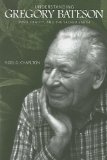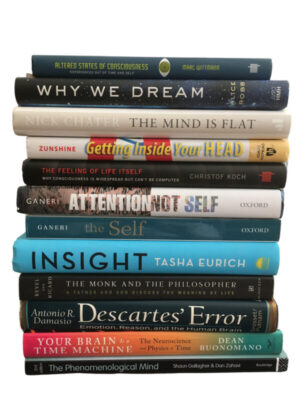September 18, 2008

Honest Signals: How They Shape Our World by Alex (Sandy) Pentland (MIT Press, 2008) recently appeared on the bookstore shelves.
Product Description
How can you know when someone is bluffing? Paying attention? Genuinely interested? The answer, writes Sandy Pentland in Honest Signals, is that subtle patterns in how we interact with other people reveal our attitudes toward them. These unconscious social signals are not just a back channel or a complement to our conscious language; they form a separate communication network. Biologically based “honest signaling,” evolved from ancient primate signaling mechanisms, offers an unmatched window into our intentions, goals, and values. If we understand this ancient channel of communication, Pentland claims, we can accurately predict the outcomes of situations ranging from job interviews to first dates.
Pentland, an MIT professor, has used a specially designed digital sensor worn like an ID badge—a “sociometer”—to monitor and analyze the back-and-forth patterns of signaling among groups of people. He and his researchers found that this second channel of communication, revolving not around words but around social relations, profoundly influences major decisions in our lives—even though we are largely unaware of it. Pentland presents the scientific background necessary for understanding this form of communication, applies it to examples of group behavior in real organizations, and shows how by “reading” our social networks we can become more successful at pitching an idea, getting a job, or closing a deal. Using this “network intelligence” theory of social signaling, Pentland describes how we can harness the intelligence of our social network to become better managers, workers, and communicators.
Visit the author’s website for more information.
Comments (1)
- culture,new books
September 16, 2008

The Art of Learning: An Inner Journey to Optimal Performance by Josh Waitzkin offers an unusual look into the mind of a chess champion who went on to master Tai Chi Push Hands form. Waitzkin realized that what he is really best at is learning, and this book is his attempt to lay out a systematic methodology for learning. He exemplifies the incremental approach to intelligence described by Carol Dweck in Mindset and other books. (Dweck is discussed in Chapter 3 of this book.)
Here are a couple of excerpts from The Art of Learning:
In every discipline, the ability to be clearheaded, present, cool under fire is much of what separates the best from the mediocre….
While more subtle, this issue is perhaps even more critical in solitary pursuits such as writing, painting, scholarly thinking or learning. In the absence of continual external reinforcement, we must be our own monitor, and quality of presence is often the best gauge. We cannot expect to touch excellence if “going through the motions” is the norm of our lives. On the other hand, if deep, fluid presence becomes second nature, then life, art, and learning take on a richness that will continually surprise and delight. Those who excel are those who maximize each moment’s creative potential — for these masters of living, presence to the day-to-day learning process is akin to that purity of focus others dream of achieving in rare climactic moments when everything is on the line. (p. 172)
…Three steps [are] critical to resilient, self-sufficient performance. First we learn to flow with distraction, like that blade of grass bending to the wind. Then we learn to use distraction, inspiring ourselves with what initially would have thrown us off our games. Finally we learn to re-create the inspiring settings internally. (p. 200)
Author’s website
Authors@Google: Josh Waitzkin
Comments (0)
- psychology
September 14, 2008
Saul Smilansky is the author of Ten Moral Paradoxes, which is linked to at bloggingheads.
Smilansky is one of the contributors at Ethics Etc. and has some posts there on moral paradoxes.
Comments (0)
- Uncategorized
September 13, 2008
“Everything is connected” at the Guardian gives a nice summary of Gregory Bateson’s thought, especially on the relationship between art and politics (though “everything is connected”).

Here’s an excerpt:
His thinking contained a kind of catch-22: the conscious mind, his own included, was of its nature incapable of grasping the vast system of which it was only a very small and far from representative part; hence any major intervention to “solve” a given problem would always be ill-informed and inadvisable. The only possible solution would be a radical change in our way of thinking, or even our way of knowing, a new (or ancient) mindset in which conscious purpose would be viewed as only a minor and rather suspect part of mental life.
Dreams, religious experience, art, love – these were the phenomena that still had power, Bateson thought, to undermine the rash/rational purposeful mind. Of these four, art enjoyed the special role of fusing different “levels of mind” together: there was necessarily consciousness and purpose in the decision to create, but creativity itself involved openness to material from the unconscious, otherwise the work would be merely schematic and transparent.
Gregory Bateson at Wikipedia
Gregory Bateson – books at Amazon

Steps to an Ecology of Mind
Comments (0)
- consciousness,culture






